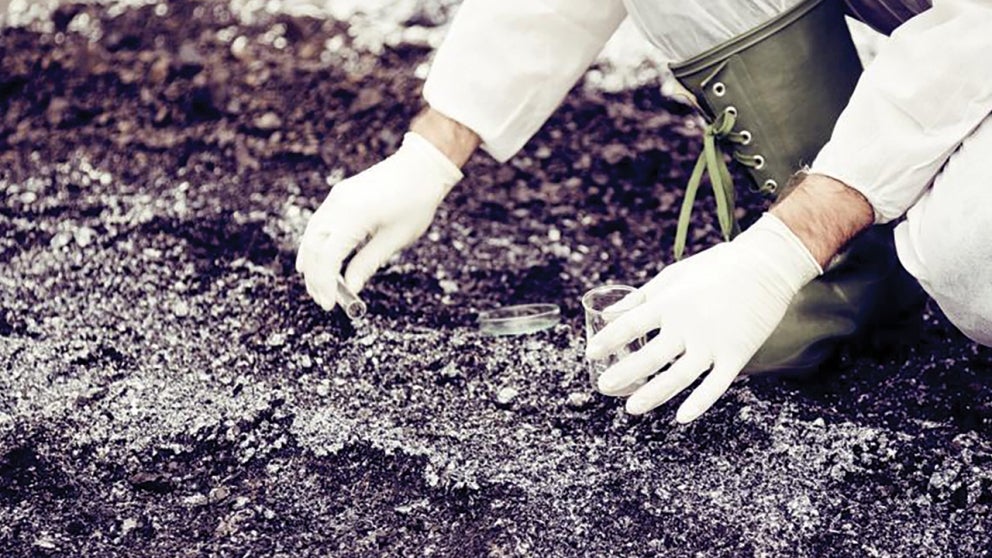
Disparities Contribute to Rates of Both COVID-19 and Lead Exposure

The manner in which the COVID-19 pandemic has exposed systemic inequalities in the United States has parallels in other environmental health threats, such as lead exposure, according to an essay written for the online magazine Toxic News by two researchers from Rensselaer.
In the essay, Abby Kinchy, professor, and Dan Walls, postdoctoral research associate, both in the Department of Science and Technology Studies, specifically compare the American government response to lead-contaminated environments with its reaction to the novel coronavirus crisis.
The authors present startling similarities between uneven access to tests for both lead poisoning and COVID-19, both of which have a disproportionate impact on people of color. They also observed disparities in the workplace environments where people are likely to be exposed to lead or COVID-19 and then spread either in their home environment.
“Throughout this unsettling experience, we have reflected on how this pandemic, and the United States government’s response to it, creates a new lens through which we see the dangerous exposures that are more familiar to us, such as toxic pollution,” Kinchy says.
Kinchy, a sociologist, has long studied the relationship between science and democracy. Her recent research focuses on the politics of public participation in scientific research. She is currently working on a project supported by the National Science Foundation that explores how citizen science could help urban communities identify heavy metal contamination in soil and advocate for solutions.















